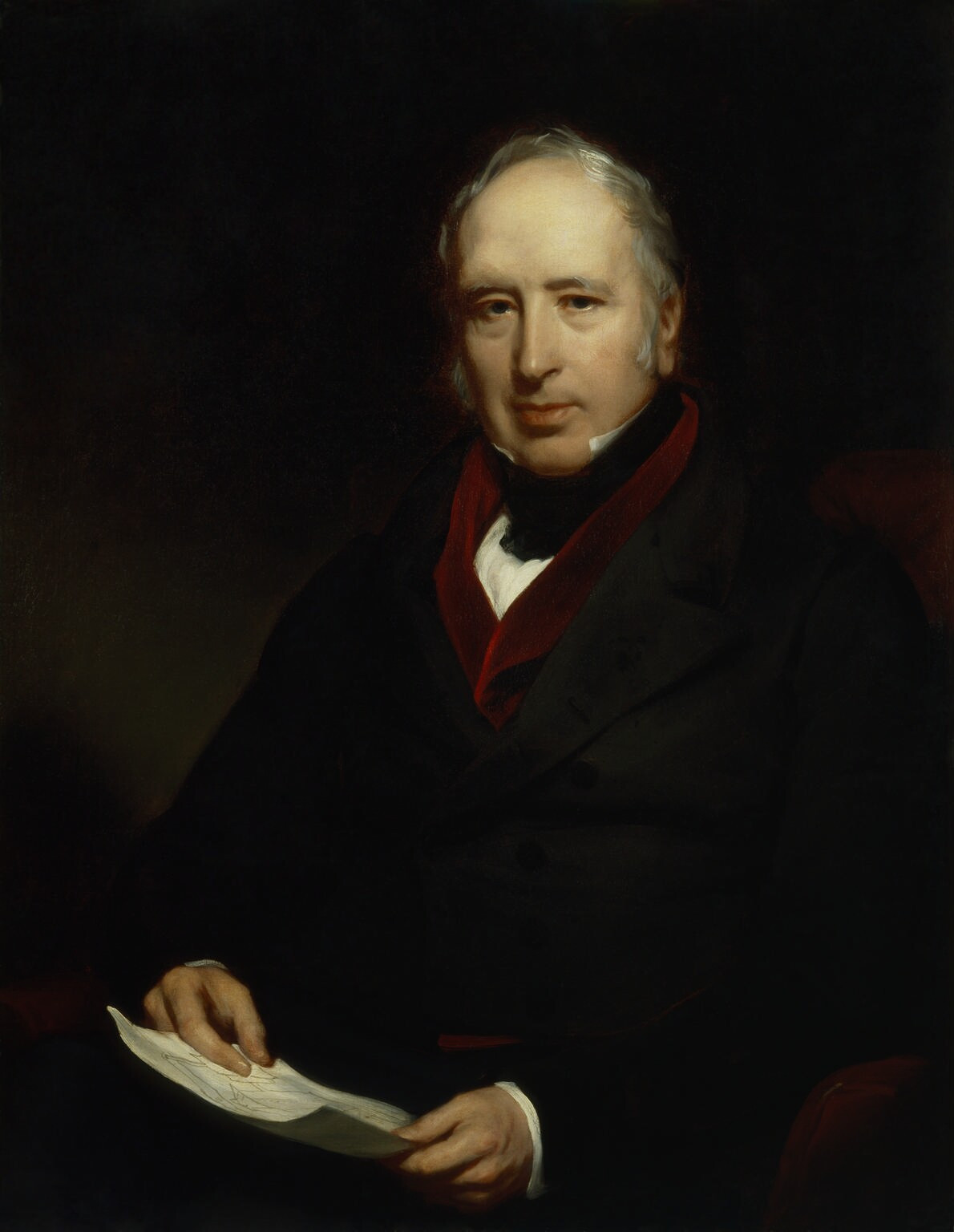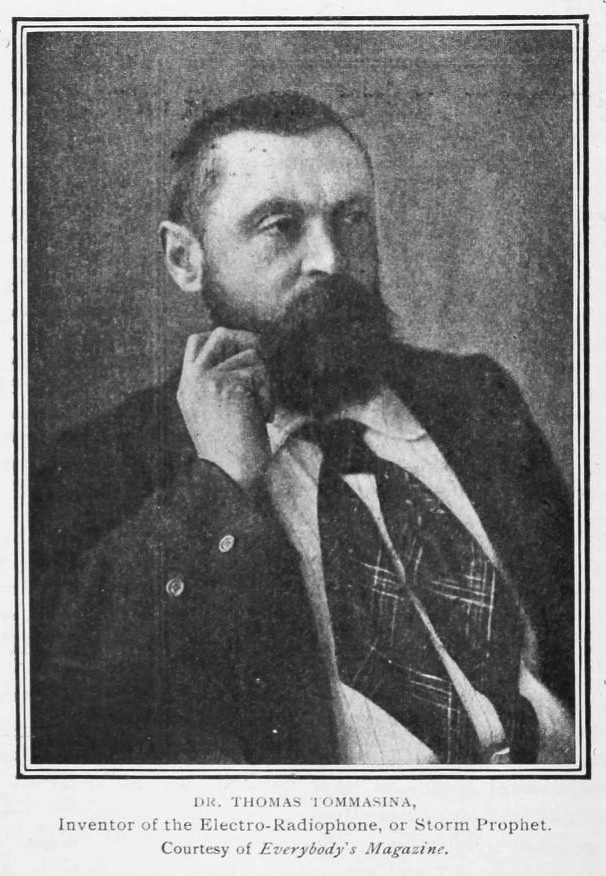|
Edouard Sarasin
Edouard Sarasin (20 May 1843 – 22 July 1917) was an independent scientist in Geneva. Born in a wealthy family, he established a private laboratory where he collaborated with other researchers. His studies included those on the properties of waves, resonance, radiowaves, radiation and geophysics. Sarasin came from a family of French descent who had settled in Geneva in the early sixteenth century. Sarasin studied physics at Paris, Heidelberg and Berlin and in 1867 he established a private laboratory on rue de l'Hôtel-de-Ville, and worked with other collaborators including Auguste de la Rive (1801-1873) and his son Lucien de la Rive. They made studies on ionization and discharge in vacuum tubes. Sarasin was later also mayor of the town of Le Grand-Saconnex (1871-1916), member of the parliament of Geneva (''Grand Conseil genevois''), President of the Societe Helvetique and editor of the ''Archives des Sciences physiques et naturelles''. Sarasin's experimental work developed on the ... [...More Info...] [...Related Items...] OR: [Wikipedia] [Google] [Baidu] |
Independent Scientist
An independent scientist (historically also known as gentleman scientist) is a financially independent scientist who pursues scientific study without direct affiliation to a public institution such as a university or government-run research and development body. The expression "gentleman scientist" arose in post-Renaissance Europe, but became less common in the 20th century as government and private funding increased. Most independent scientists have at some point in their career been affiliated with some academic institution, such as Charles Darwin, who was affiliated with the Geological Society of London. History Self-funded scientists practiced more commonly from the Renaissance until the late 19th century, including the Victorian era, especially in England, before large-scale government and corporate funding was available. Many early fellows of the Royal Society in London were independent scientists. Benefits and drawbacks Self-funding has the disadvantage that funds may ... [...More Info...] [...Related Items...] OR: [Wikipedia] [Google] [Baidu] |
Auguste Arthur De La Rive
Prof Auguste Arthur de la Rive ForMemRS, HFRSE (9 October 180127 November 1873) was a Swiss physicist. He was President of the Helvetic Society of Natural Science in 1845. De la Rive's first scientific publication was on the influence of the Earth's magnetism upon a movable frame traversed by a voltaic current, published in 1822, and followed by a memoir upon Caustics, which appeared in 1823. Over a period of fifty years, De la Rive made numerous contributions to science, which were published in the ''Mémoires de la Société de Physique et d'Histoire Naturelle de Genève'' or in the ''Bibliothèque universelle de Genève''. Life De la Rive was born in Geneva, the son of Charles-Gaspard de la Rive (1770–1834). His father had studied Medicine at Edinburgh University, and after practising for a few years in London, became professor of pharmaceutical chemistry at the academy of Geneva in 1802. He served as its rector between 1823 and 1825. At the age of twenty-two, Auguste was ... [...More Info...] [...Related Items...] OR: [Wikipedia] [Google] [Baidu] |
Lucien De La Rive
Lucien de la Rive (3 April 18344 May 1924) was a Swiss physicist. He studied electromagnetism and wrote an early article on the Theory of relativity. He was also interested in literature, and published a translation of works of Tennyson. Life De la Rive was born in Choulex, Switzerland, son of the physicist Auguste Arthur de la Rive. He studied at the Academy of Geneva and at the École Polytechnique in Paris. In 1863, he published an article ("On the number of independent equations in the solution of a system of linear currents", relating to Kirchhoff's circuit laws), and between then and 1918 published many scientific studies on gravitation, the theory of electrons and Maxwell's equations. From 1889 to 1893, he researched the propagation of electromagnetic waves with Edouard Sarasin. In 1914, he published ("The aberration of light and the equations of the theory of relativity") and an essay on Henri Poincaré. In 1909, he was appointed Doctor ''honoris causa'' of the Uni ... [...More Info...] [...Related Items...] OR: [Wikipedia] [Google] [Baidu] |
Le Grand-Saconnex
Le Grand-Saconnex () is a municipality of the Canton of Geneva, Switzerland. Several international organizations and permanent missions to the United Nations are located in Grand Saconnex. Consequently, the population of Grand Saconnex is quite cosmopolitan one of the most diverse in Switzerland, with nearly 40% of the population being born outside of Switzerland. Geneva International Airport is partially within the borders of Le Grand-Saconnex. History Le Grand-Saconnex is first mentioned in 1128 as ''Saconai''. Geography Le Grand-Saconnex has an area, , of . Of this area, or 14.2% is used for agricultural purposes, while or 2.1% is forested. Of the rest of the land, or 83.6% is settled (buildings or roads).Swiss Federal Statistical Office-Land Use Statistics< ... [...More Info...] [...Related Items...] OR: [Wikipedia] [Google] [Baidu] |
Thomas Tommasina
Thomas Tommasina (1855 – 29 January 1935) was an artist turned physicist who worked on atmospheric ionization and gravitational theories mainly after moving to Switzerland. An experimenter as well as a theoretician, he invented a radio-receiver-like device while studying ionospheric disturbances in the upper atmosphere and used it in long-range weather prediction. Early life Tommasina was born in the town of Intra (today part of Verbania) on the shores of Lake Maggiore in the Kingdom of Lombardy–Venetia. In his early years, he admired the Italian school of painting, particularly that of Leonardo da Vinci. Education Tommasina studied art. In 1885 he became inspired by the works of Alessandro Volta, took an interest in physics, and went to Geneva to study under Charles Soret. Here he worked on the physics behind the hardness of solids. Following the works of Julius Elster and Hans Friedrich Geitel he joined Édouard Sarasin in studies on the ionization of air and related ... [...More Info...] [...Related Items...] OR: [Wikipedia] [Google] [Baidu] |
Lake Geneva
, image = Lake Geneva by Sentinel-2.jpg , caption = Satellite image , image_bathymetry = , caption_bathymetry = , location = Switzerland, France , coords = , lake_type = Glacial lake , inflow = Rhône, Dranse , outflow = Rhône , catchment = , basin_countries = Switzerland, France , length = , width = , area = , depth = , max-depth = , volume = , residence_time = 11.4 years , shore = , elevation = , islands = Île de Peilz, Château de Chillon, Île de Salagnon, Île de la Harpe, Île Rousseau, Île de Choisi , cities = Geneva (CH), Lausanne (CH), Évian (F), Montreux (CH), Thonon (F), Vevey (CH) (''see list'') , pushpin_map=France Rhône-Alpes#Canton of Vaud#Canton of Valais#Switzerland#France#Alps , pushpin_label_position= bottom , ... [...More Info...] [...Related Items...] OR: [Wikipedia] [Google] [Baidu] |
Jacques-Louis Soret
Jacques-Louis Soret (30 June 1827 – 13 May 1890) was a Swiss chemist and spectroscopist. He studied both spectroscopy and electrolysis. He held the chairs of chemistry (1873-1887) and medical physics (1887-1890) at the University of Geneva. Soret determined the chemical composition and density of ozone and the conditions for its production. He described it correctly as being composed of three oxygen atoms bound together. Soret also developed optical instruments. He climbed Mont Blanc, where he was the first scientist to make actinometric measurements of solar radiation. These observations were published in the ''Philosophical Magazine'' in 1867. In 1878, he and Marc Delafontaine were the first to spectroscopically observe the element later named holmium, which they identified simply as an "earth X" derived from "erbia". Independently, Per Teodor Cleve separated it chemically from thulium and erbium in 1879. All three researchers are given credit for the element's dis ... [...More Info...] [...Related Items...] OR: [Wikipedia] [Google] [Baidu] |
Scientists From Geneva
A scientist is a person who conducts scientific research to advance knowledge in an area of the natural sciences. In classical antiquity, there was no real ancient analog of a modern scientist. Instead, philosophers engaged in the philosophical study of nature called natural philosophy, a precursor of natural science. Though Thales (circa 624-545 BC) was arguably the first scientist for describing how cosmic events may be seen as natural, not necessarily caused by gods,Frank N. Magill''The Ancient World: Dictionary of World Biography'', Volume 1 Routledge, 2003 it was not until the 19th century that the term ''scientist'' came into regular use after it was coined by the theologian, philosopher, and historian of science William Whewell in 1833. In modern times, many scientists have advanced degrees in an area of science and pursue careers in various sectors of the economy such as academia, industry, government, and nonprofit environments.'''' History The ... [...More Info...] [...Related Items...] OR: [Wikipedia] [Google] [Baidu] |
1843 Births
Events January–March * January ** Serial publication of Charles Dickens's novel ''Martin Chuzzlewit'' begins in London; in the July chapters, he lands his hero in the United States. ** Edgar Allan Poe's short story "The Tell-Tale Heart" is published in a Boston magazine. ** The Quaker magazine '' The Friend'' is first published in London. * January 3 – The ''Illustrated Treatise on the Maritime Kingdoms'' (海國圖志, ''Hǎiguó Túzhì'') compiled by Wei Yuan and others, the first significant Chinese work on the West, is published in China. * January 6 – Antarctic explorer James Clark Ross discovers Snow Hill Island. * January 20 – Honório Hermeto Carneiro Leão, Marquis of Paraná, becomes ''de facto'' first prime minister of the Empire of Brazil. * February – Shaikh Ali bin Khalifa Al-Khalifa captures the fort and town of Riffa after the rival branch of the family fails to gain control of the Riffa Fort and flees to Manama. Shaikh Mohamed bin Ahmed is killed a ... [...More Info...] [...Related Items...] OR: [Wikipedia] [Google] [Baidu] |





